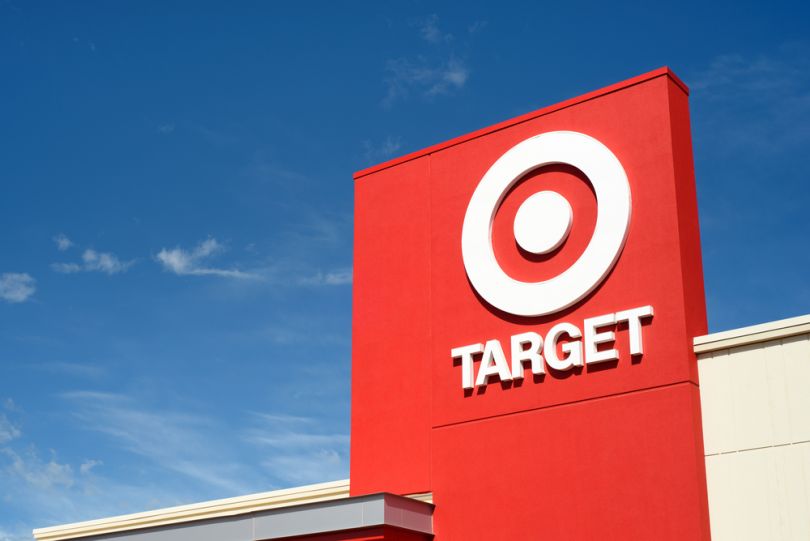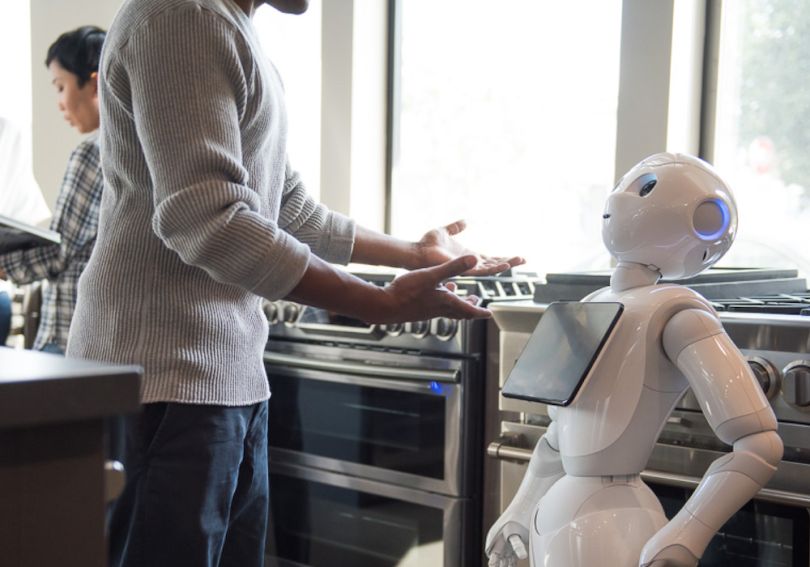In 2002, Target hired statistician Andrew Pole. His job was to use predictive analytics — a form of statistics that makes predictions by observing data trends — to help the retail giant market certain products to certain groups of people. Along those lines, Pole's first task was to identify pregnant women — specifically women in their second trimester.
As Target's marketing team explained to him, new parents are extremely valuable customers whose brand loyalty tends to change when they have kids because they purchase things they probably weren't purchasing before — like diapers, formula, baby clothes, etc. New parents also tend to be physically exhausted and therefore more prone to do all of their shopping at one place. Target wanted to be that place.
“We knew that if we could identify them in their second trimester, there’s a good chance we could capture them for years,” Pole told the New York Times. “As soon as we get them buying diapers from us, they’re going to start buying everything else too. If you’re rushing through the store, looking for bottles, and you pass orange juice, you’ll grab a carton. Oh, and there’s that new DVD I want. Soon, you’ll be buying cereal and paper towels from us, and keep coming back.”
Machine Learning in Retail
Whereas other companies use publicly available birth records to identify potential customers post-childbirth, Target wanted to get a leg up on its competition by identifying women during pregnancy.

As part of their process, Pole and his colleagues studied shopping data and identified 25 products that pregnant women tend to purchase — things like maternity clothing, unscented lotion and prenatal vitamins. After pinpointing who bought those products (the store uses a Guest ID number to track purchases), Target assigned customers a "pregnancy prediction" score that both accurately predicted if a woman was pregnant and also estimated her delivery date. That's when the tailored marketing efforts ramp up.
As is often the case with humans and technology, there were hiccups.
According to the Times, a Minnesota man walked into his local Target and demanded to see the manager.
“My daughter got this in the mail,” the man reportedly said, displaying a Target promotional booklet. “She’s still in high school, and you’re sending her coupons for baby clothes and cribs? Are you trying to encourage her to get pregnant?”
The coupons were clearly addressed to the man's teenage daughter, but the manager had no idea why. The most he could do was apologize. Then he called the man a few days later to apologize again. But the man turned it back on him. He'd spoken with his daughter and discovered she was due to give birth in August. Target's data was on the mark.
Still, its collection methods were creeping into creepy territory. Because pregnancy is a personal issue and customers generally don't like to feel spied on, the retailer decided to make its targeting more discreet. Instead of recommending baby products to expectant mothers (and therefore raising their suspicions), Target strategically places ads for baby products next to other random products — like wine glasses and lawn mowers.
From a technological standpoint, things have evolved significantly. Customer data still plays a huge role, as it did when Pole was hired in 2002. But in addition to predictive analytics, Target now relies on machine learning to analyze shopping habits in order to optimize its supply chain and personalize offers to customers.
"At Target we aim to make shopping more fun and relevant for our guests through extensive use of data — and believe me, we have lots of data!" the retailer bragged in a blog post about machine learning. "Tens of millions of guests and hundreds of thousands of items lead to billions of transactions and interactions."
While predictive analytics requires humans to find statistical trends in data, machine learning is a subset of artificial intelligence (AI) that uses computer algorithms to find data trends. Computers can then autonomously make predictions based on those trends (or patterns) — effectively "learning" without being programmed for an explicit task.
Two major areas in which machine learning is deployed include text translation and image recognition. For example, it can also be used to identify hotdogs.
But the technology goes way beyond baby products and frankfurters (both of which Target sells). Numerous other companies use it to optimize and automate tried-and-true retail practices such as SKU assortment, product recommendations, sentiment analysis, fraud detection, price forecasting, personalized offers and more.
Check out how these businesses use machine learning to up their retail game.

Walmart
Location: Bentonville, Arkansas
How it's using machine learning: Walmart uses machine learning online to optimize delivery routes, provide faster checkout, match products in its catalog and recommend products based on a user's browsing history. Along with data analysis, machine learning is also used to show online shoppers targeted advertisements.

Amazon
Location: Seattle, Washington
How it's using machine learning: As the world's largest online retailer, Amazon has access to lots of customer data. By applying machine learning to that data, it can forecast demand for certain products, identify fraudulent purchases and provide tailored product recommendations and promotions. Beyond retail, machine learning is a driving force behind Amazon's smart AI assistant Alexa and its Amazon Web Service (AWS) cloud computing service.

Asos
Location: London, England
How it's using machine learning: Asos is an online fashion outlet with a vast collection of clothing items — about 85,000 at any given time. That's why it relies on the image recognition capabilities of machine learning to describe attributes of each item. Asos also uses machine learning to track customers' shopping habits and assign them a Customer Lifetime Value (CLTV), which predicts how much they're likely to spend on Asos products in the coming years.

The North Face
Location: Alameda, California
How it's using machine learning: In 2015, The North Face teamed up with IBM to bring the venerable computer giant's Watson AI system to its website. Watson (which, you might recall, trounced Jeopardy! champ Ken Jennings at his own game) acts as a personal shopper guiding North Face customers to the right product. Watson's natural language processing capabilities and conversational interface make the process a lot like talking to another human.
Macy's
Location: Cincinnati, Ohio
How it's using machine learning: Like The North Face, Macy's also teamed up with IBM to use Watson for Macy's On Call. The feature allows customers to ask questions on the Macy's mobile site and receive information that's unique to each physical store. Need help finding the men's sneakers or the restrooms? Macy's On Call can help.

Softbank Robotics
Location: Tokyo, Japan
How it's using machine learning: Softbank Robotics is the company behind Pepper, a humanoid robot that's powered by AI and machine learning. Although Pepper has many uses, the company thinks it's especially good for retail. In light of that, Pepper is stationed at malls such as the Westfield in San Francisco, where it performs customer service tasks like giving directions, answering questions and entertaining shoppers.

American Eagle Outfitters
Location: Pittsburgh, Pennsylvania
How it's using machine learning: American Eagle partnered with image recognition startup Slyce to create a visual search engine within its mobile app that lets shoppers use their phone's camera to find a specific clothing item or something similar. It even recommends accessories.
The future of ML in retail
While machine learning has lots of retail applications, many retailers think personalization — whereby shoppers are given a customized experience on a micro level — tops the list. That's especially crucial as they grow physically or expand their online offerings.
"Great customer experience... will come from blending technology with a more personalized touch," Karen Katz, president and CEO of Neiman Marcus Group, has said. "I think the people that can combine technology-powered personalization with a human will be the winners.”
Take Amazon, for instance. An estimated 35 percent of its sales comes from machine learning-driven product recommendations that are tailored to each shopper. And that's because, as one study concluded, a significant number of shoppers are more likely to return to a brand that personalizes their digital shopping experience as opposed to one that doesn't.
Retail bosses like Katz know that, and they're embracing the personalization revolution.
"Today's smart retailer is engaging in a new era of shopping experience, combining the human touch and technology to deliver a more tailored consumer experience," Mindtree senior vice president Guita Blake has said.
Macy's executive chairman Terry Lundgren agrees. "The whole concept of personalization is simply on steroids right now," he told Forbes. "It’s all about the consumer in that one moment in time.
"We’re doing anything we can do to connect directly with consumers and make shopping convenient for them.”
Images are via Shutterstock, company websites and social media.




